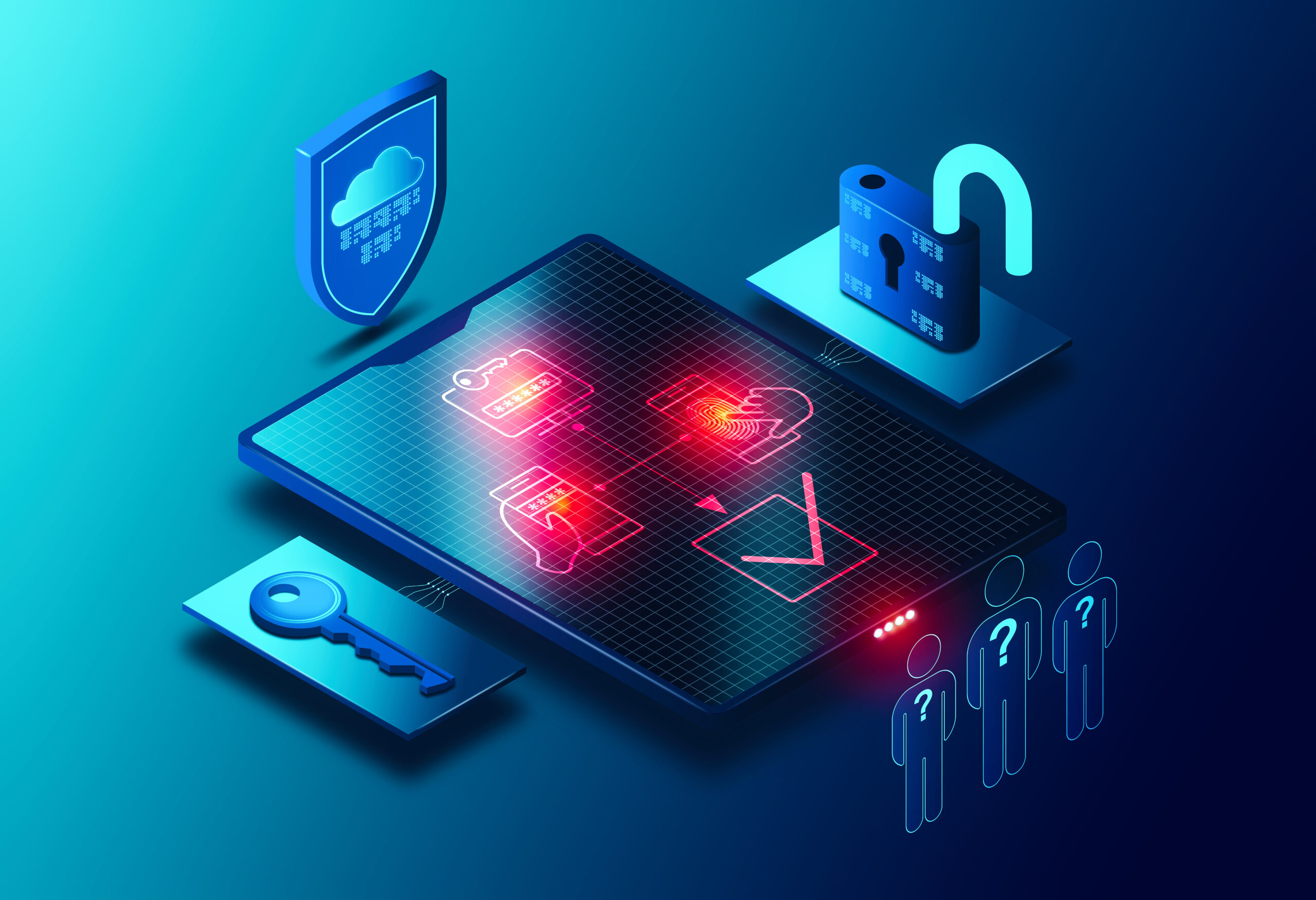Tag: IT Help Desk
Achieve stability through trusted technology solutions tailored for organizational needs
For companies seeking sustainable growth, reliability in operations becomes a critical foundation. A trusted partner ensures that systems remain secure and adaptable at the same time. Expertise helps in identifying potential challenges, managing resources effectively, and aligning technology with overall enterprise objectives. With IT GOAT, firms adopt proven approaches that deliver security, efficiency, and structured performance across multiple aspects. Dependable solutions significantly lower risks while providing seamless integration of processes that are aligned with organizational priorities.
Proactive monitoring maintains smooth functionality
Monitoring helps prevent sudden failures while identifying risks at an early stage. This oversight strengthens consistency and provides organizations with ongoing stability in daily operations.
- Routine checks ensure business systems remain adaptable with ease
- IT GOAT integrates effective monitoring across essential company operations
- Early alerts help secure daily tasks against harmful disruptions
- Careful supervision builds confidence in consistent workforce productivity
By practicing proactive supervision, organizations maintain dependable functionality and ensure smoother operational outcomes.
Customized strategies support organizational requirements

Tailored solutions consider specific goals and structures for every company. This ensures that recommendations are aligned with performance needs and growth strategies. Reliable customization allows businesses to integrate technology that fits their demands effectively.
Continuous guidance fosters reliable business direction
Expert advice helps leaders make smarter choices for the long term. Supportive professionals With IT GOAT firms adopt proven approaches that deliver security, efficiency, and structured performance across multiple aspects.
Security frameworks create stronger resilience
Safety controls protect organizations from disruptions or weaknesses that may appear suddenly. Certified professionals strengthen critical areas while adapting to changing risks and conditions.
| Focus Area | Preventive Action | Outcome Achieved |
| Data Protection | Safeguards applied effectively | Ensures long term reliability |
| Risk Prevention | Ongoing checks across systems | Reduces possible disruptions |
| Strategy Updates | Adjusts to modern conditions | Maintains resource stability |
| Balanced Control | Applies tested methods daily | Strengthens firm productivity |
By implementing firm safeguards, companies retain stability and a sense of assurance that supports their growth objectives.
Frequently discussed concerns
Organizations normally raise questions before adopting tailored solutions. Below are common considerations and responses that highlight the importance of professional support.
- Can trusted solutions reduce costly disruptions effectively?
Yes, preventive frameworks are designed to neutralize potential challenges.
- Are personalized services affordable for small companies too?
Yes, adaptable models adjust depending on organizational requirements.
- How does security tailor solutions for unique demands?
It builds protective structures around company-specific requirements.
Stable Future Ahead
Enterprises aiming for long lasting consistency must embrace solutions designed for their unique objectives. Proactive monitoring reduces risks while tailored frameworks ensure processes align with growth. Expert advice strengthens decision making and security safeguards provide resilience against disruptions. Reporting offers clarity that sets direction for future readiness. This structured pathway secures confidence, efficiency, and adaptable progress fit for continuous expansion.













